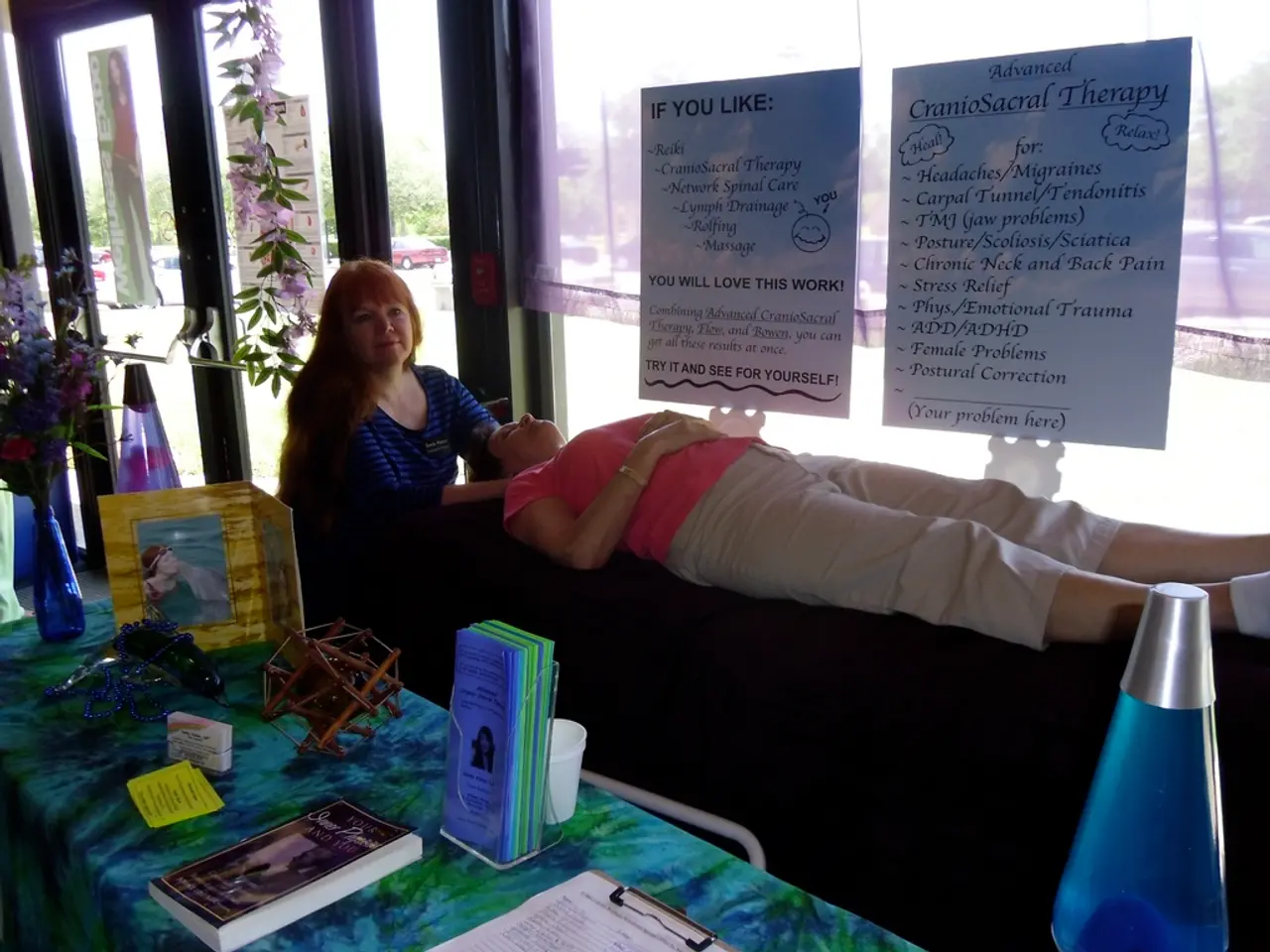Skin Inflammation: Classifications, Signs, and Remedies
Dermatitis, a general term for several skin conditions, is a common issue that affects many people. It includes atopic dermatitis, contact dermatitis, and seborrheic dermatitis.
Contact dermatitis, for instance, is often caused by irritants or allergens. Common triggers include cosmetics, soaps, metal jewelry, dyes, shampoo or soap, household chemicals, and certain foods. If a person identifies the triggering substance, they can avoid coming into contact with it to manage their symptoms.
Seborrheic dermatitis, a type of scalp eczema, is primarily caused by an inflammatory reaction to an overgrowth of Malassezia yeast species that naturally live on the skin, especially in oily (sebum-rich) areas like the scalp. Other contributing factors include genetic predisposition, environmental conditions, hormonal influences, and immune system function. The condition can be worsened by stress, illness, fatigue, seasonal changes, and reduced general health.
Dyshidrotic dermatitis, another type of dermatitis, can present in flare-ups. Triggers for flare-ups include the aforementioned substances, as well as nickel or cobalt in jewelry and cell phones, household chemicals, cosmetic products or perfume, and certain foods. The main symptoms of dyshidrotic dermatitis include itching and burning of the skin on the hands and fingers, small blisters on the palms and fingers, and blisters weeping a clear fluid. If dyshidrotic dermatitis becomes severe, the blisters may become large and spread to the backs of the hands, feet, and other parts of the body.
Cradle cap is a common condition that affects infants and appears in the form of a greasy, scaly rash in patches on the scalp, the external ear, and the center of the face. It is important to note that if an infant experiences cradle cap that cracks open and bleeds or does not improve after home treatment, a parent or caregiver should seek medical help.
Diaper rash is the general term for any rash that appears on the area of skin a diaper covers and is the most common skin disorder in infants. Symptoms include red skin in the diaper region, areas of skin becoming slightly lighter or darker than usual, tender skin, the infant may seem more uncomfortable than usual, the infant may cry or fuss during diaper changes or when washing or touching the diaper area. If diaper rash persists, a parent or caregiver should seek medical help.
It's essential to remember that if dermatitis symptoms cause discomfort or distress, or if they worsen or show signs of infection, a person should seek medical help. A healthcare professional can treat dermatitis with a number of products, including creams, antibiotics, and antihistamines. If left untreated, dermatitis may go away on its own within a few days, but sometimes it can be chronic, and a person will have to manage it for most of their life.
- Seborrheic dermatitis, being a type of scalp eczema, is primarily caused by an inflammatory reaction to an overgrowth of Malassezia yeast species and can be exacerbated by various factors such as genetic predisposition, environmental conditions, hormonal influences, and immune system function.
- In the realm of health and wellness, haircare products can sometimes trigger contact dermatitis, an irritation that may stem from cosmetics or soaps, among other substances.
- Infantile dermatitis, in the form of cradle cap, appears on an infant's scalp, external ear, and face as a scaly, greasy rash that may require medical attention if it cracks open and bleeds, or if home treatment is ineffective.
- An ad for a medical-entity may claim to provide science-based solutions for various skin-care conditions, including eczema and dandruff, both of which are types of dermatitis.
- If diapers are the causative agent for a diaper rash, a common medical-condition in infants, symptoms may include redness, areas of skin becoming lighter or darker, tender skin, and an infant exhibiting discomfort or fussiness during diaper changes or when washing or touching the diaper area.
- In the field of medical-conditions, chronic dermatitis can be effectively managed with the help of medications, such as antibiotics, antihistamines, and creams, as prescribed by healthcare professionals.




